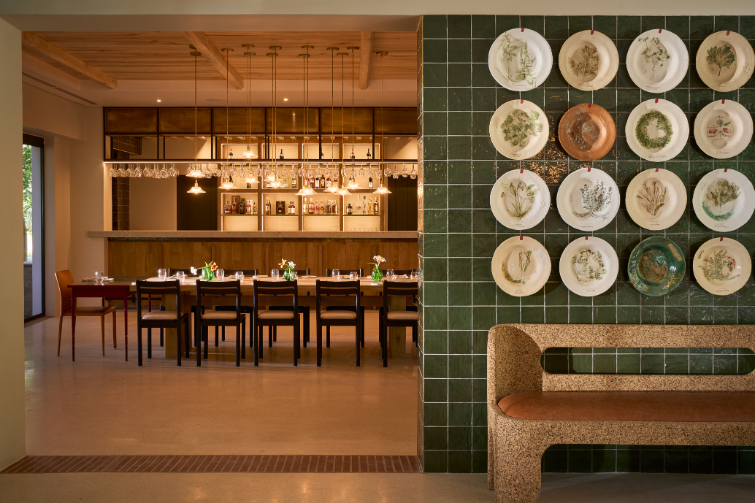A series of unprecedented challenges have severely disrupted supply chains in South Africa. What has been dubbed the “Great Supply Chain Disruption” will continue to present significant obstacles to local businesses, according to the professional body for supply chain management in Southern Africa, SAPICS. Wineland spoke with SAPICS president MJ Schoemaker.

MJ Schoemaker, SAPICS President
Which pressures have global supply chains been subject to in the past five to ten years?
Supply chains have been put under pressure from a cost, speed and sustainability perspective. The market has shown that consumers wish to have more choice and shorter lead times which leads to shorter production runs to keep up with the variety of product required.
When production runs are shorter, changeover time increases which can drive cost. The Covid pandemic created an environment where the supply chains had to deal with uncertainty, longer lead times and additional cost being driven by examples such as higher inventory as well as transportation cost increases.
The current environment seems like a perfect storm for disrupting supply chains. Are there any signs of hope for improvement?
The situation has improved and cost for example of containers is going back to pre-Covid levels.
Companies do however have to deal with the aftermath of having too much inventory for ‘just in case’ instead of ‘just in time’ or the wrong inventory. Private sectors and governments have pulled together to solve the issues, which is a trend that may continue to ensure stability.
South Africa has similar challenges as other countries when it comes to managing their supply chains. The weak South African rand is an additional factor that South Africans must deal with, which results in increased costs as well as loadshedding which causes disruptions to productivity.
Which trends are relevant to South African wine value chains, which rely heavily on agriculture, tourism and exports?
Transparency of the supply chain is key for the wine industry to understand the trends and challenges. The end-to-end view, either through intuitive software and processes or blockchain concepts, will allow the industry to manage its supply chains better.
Risk management is a key area linked to this transparency of the end-to-end supply chain. The industry must ensure they have reviewed their risks, prioritised and put actions in place to mitigate e.g. dual supplier agreements of key raw materials.
Improvements of ports and the logistic management are linked to this, and maintenance of the infrastructure is key for the wine industry.
How can South African business reduce their exposure to the risks?
South African businesses must ensure they have full insight into their business and can get information quickly to mitigate risks. They need to understand their risks and have plans in place to manage them. Probability assessments are key in these risk assessments.
Managing inventory is another key area and transparency makes it easier to anticipate and act. Procurement from local sources is a recommended approach to cut out risk and potentially cost. Skills and capability of staff is essential to ensure the insights from any software or source benefits the business. and the correct analysis of the data drives profit and business needs.
What expertise and resources can wine businesses leverage to help them improve supply chain management?
Wine businesses must ensure their people have the capabilities to manage disruption through education and training. All staff must understand the end-to-end supply chain so that decisions made are to the benefit of the business and not just to one department.
This must be an ongoing strategy to ensure the latest trends and opportunities are made transparent to the business so that it can be leveraged. People, processes and technology must work hand in hand to be successful and bring benefit to the business.
Read more from SAPICS on the Association for Supply Chain Management report and supply chain disruption here.













